Hozuki Market 2024 in Asakusa: Schedule, Access, and Highlights

The Hozuki Market is the largest Tokyo event dedicated to hozuki, Japanese lantern plants. This summer event is held every year in July at Sensoji Temple in Asakusa. Read on to learn the highlights of this festival, 2024 dates, access, and what makes lantern plants so special in Japanese culture.
At the start of the summer season, many people gather at Sensoji Temple. Since the temple annually hosts the Hozuki Market, most visitors will be carrying potted Japanese lantern plants called hozuki (husk tomato), which bears a red, bag-shaped fruit.
Asakusa's Hozuki Market 2024
1. Hozuki Market: Event History and Details
2. Hozuki Market 2024 Schedule
3. Access to the Hozuki Market Venue
4. Origin of the Festival
5. Hozuki Market at Sensoji Temple
6. How to Buy a Hozuki Plant
Read also
Hozuki Market: Event History and Details
The Hozuki Market handles Japanese lantern plants purified by a temple or a shrine. In Japanese culture, hozuki plants are believed to ward off evil at home.
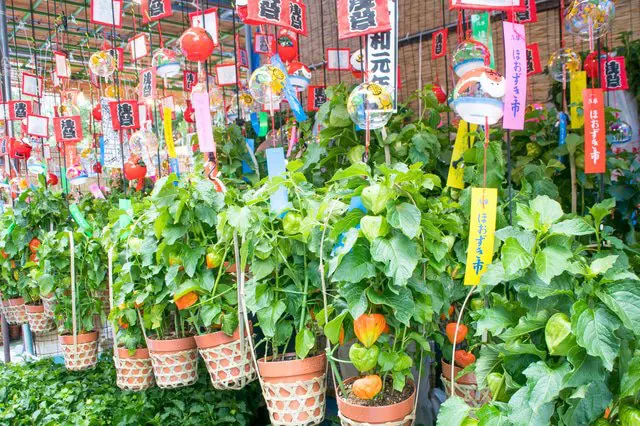
The Hozuki Market has become an iconic summer event in Asakusa. There is a display of many plants, allowing visitors to have fun just browsing the grounds. With summer fast approaching, the event also marks the end of the rainy season.
Hozuki bears fruit from summer to autumn. The bag-shaped part is actually a calyx with round-shaped fruits inside. Children in the old days would use the calyx as a whistle.
Hozuki Market 2024 Schedule
The Hozuki Market at Sensoji Temple in 2024 is scheduled as follows:
Dates: July 9 and 10, 2024
Hours: 8:00 - 21:00
Please note that the market will end as soon as the plants are sold out.
For details, please check the official website.
Hozuki Market Access
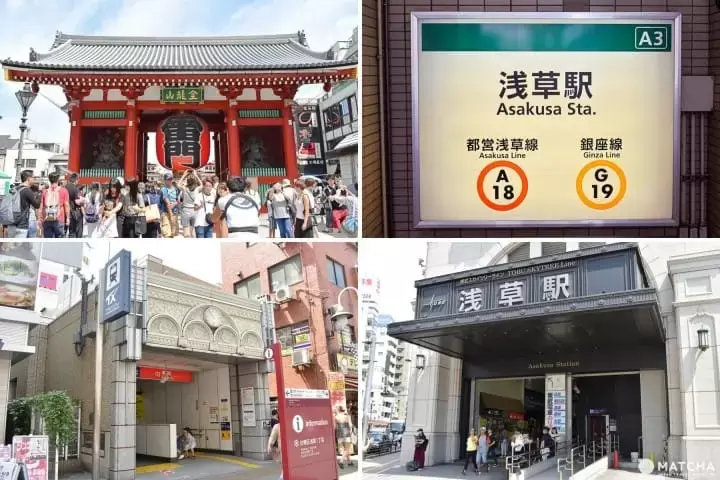
Photo from Asakusa Station Guide: How to Get to Sensoji Temple From Each Station.
The A4 exit via the Tokyo Metro Ginza Line in Asakusa Station is the closest to Kaminari-mon Gate and Senso-ji Temple.
To reach Kaminari-mon Gate, it is a 5-minute walk from the A4 exit of the Toei Asakusa Line (Asakusa) Station, a 3-minute walk from the central gate of Tobu Isezaki Line Station, and a 10-minute walk from the A1 exit of Tsukuba Express Station, respectively.
Read also
Origin of the Festival
In Japan, red objects were believed to bring good luck and drive off bad luck. The legend goes that people hung red and black-colored corn to ward off lightning.
It is said that while corn was used in the Edo Period, hozuki became popular during the Meiji Period when the corn crops failed to thrive.
Hozuki Market at Sensoji Temple

While hozuki markets are held across Japan, Sensoji Temple hosts the most famous event.
The prayers offered on these two days are believed to be worth Shiman-rokusen-nichi (46,000 days, about 126 years). It is said that 46,000 is the number of grains contained in 1 sho (measurement of about 1.8 liters) of rice.
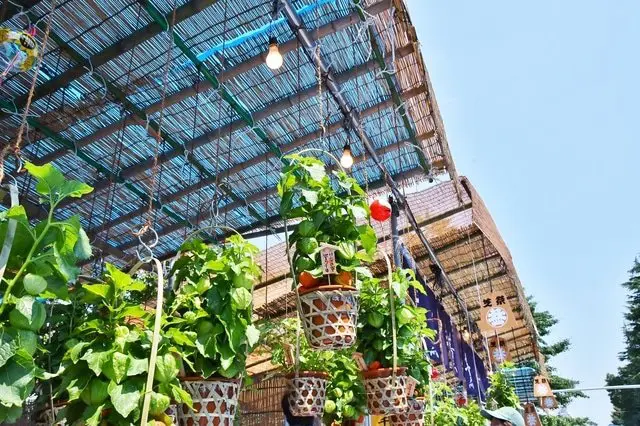
Many visitors, including those looking to purchase special cards and talismans sold during this period, gather at the temple annually. More than 100 shops appear on the grounds.
How to Buy a Hozuki
All the potted plants are sold at 2,500 yen, so choose a pot with many calyxes. The color will deepen as the season changes.
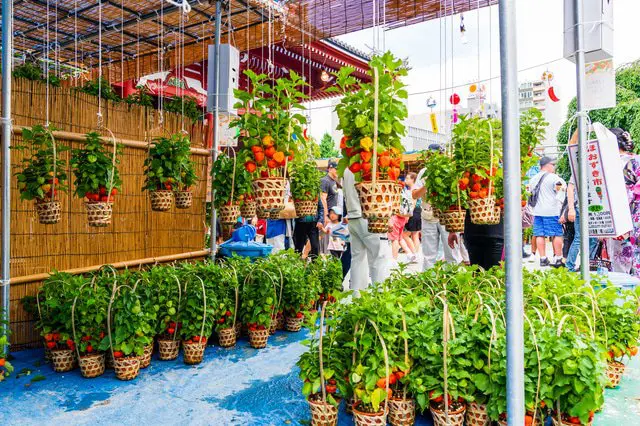
A wind-bell, which tingles with the breeze, accompanies a potted plant. Red bells were popular objects that ward off evil, becoming matched with hozuki.
For those who cannot take the pots home, there are calyxes larger than the potted plants.
The calyxes will be a joy to watch until they wither.
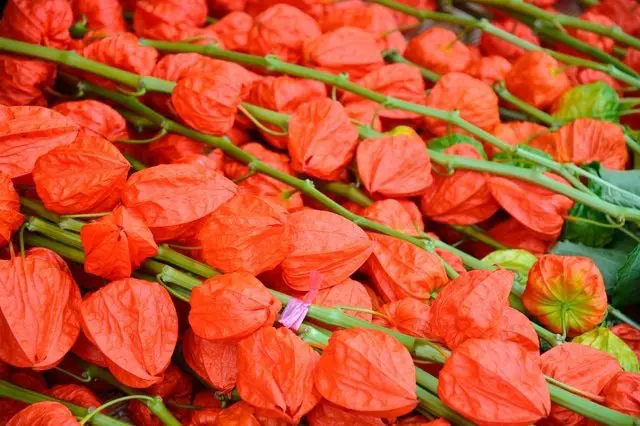
Reference Price: 1,000 yen and up
We hope you'll find a hozuki that catches your eye.

Reference Price: 500 yen and up
Hozuki can simply be used as a decoration. While there are edible types, all the plants at the market are ornamental types.
Although the market is scheduled until 21:00, it will end as soon as the plants are sold out. Be sure to plan a visit during the day!
Reference: Sanseido Nenchu-gyoji Jiten (dictionary of annual events)
Hotels near Sensoji Temple
Read also
All pictures from Pixta
趣味は海外旅行と100均めぐりと物づくり。休日は読書、映画、陶芸を嗜む。おしゃべりで食いしん坊なおてんば系女子。









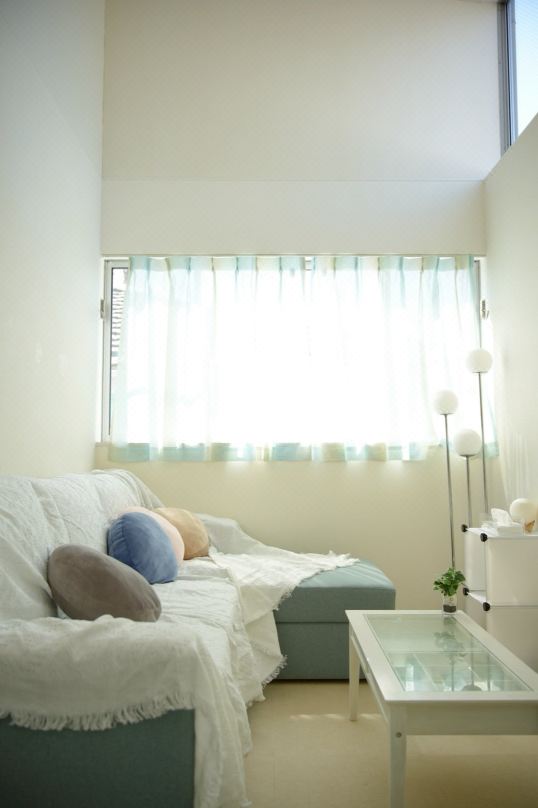
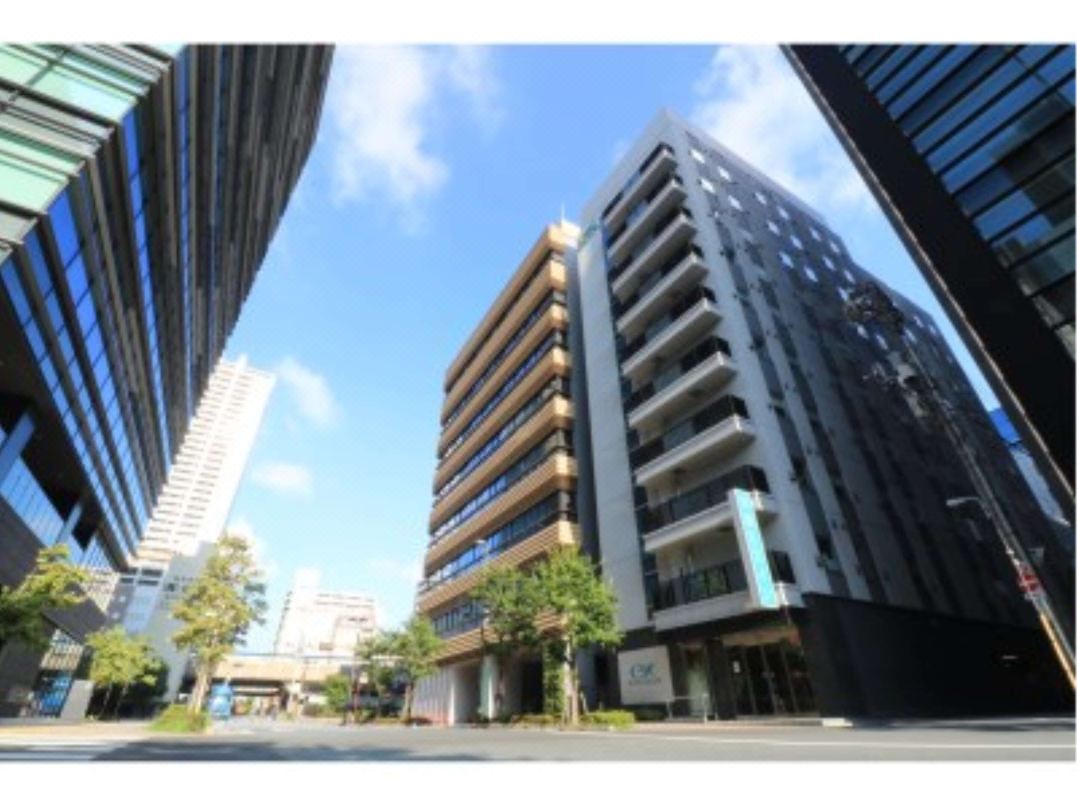

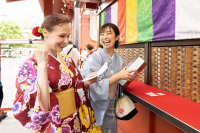




























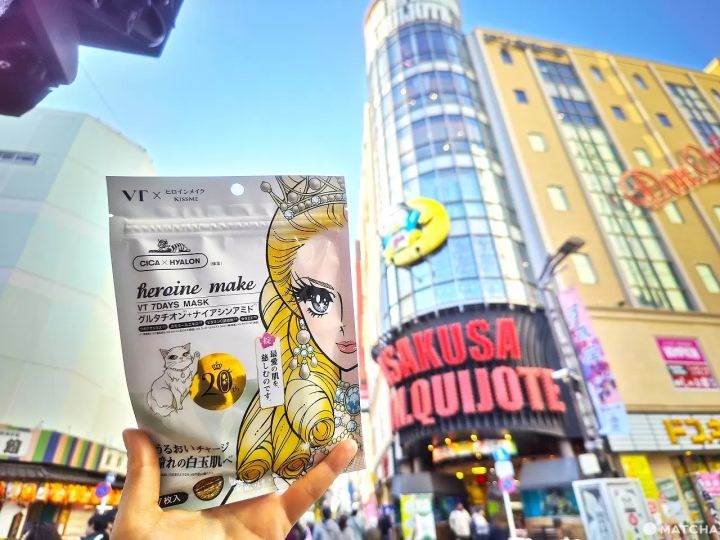

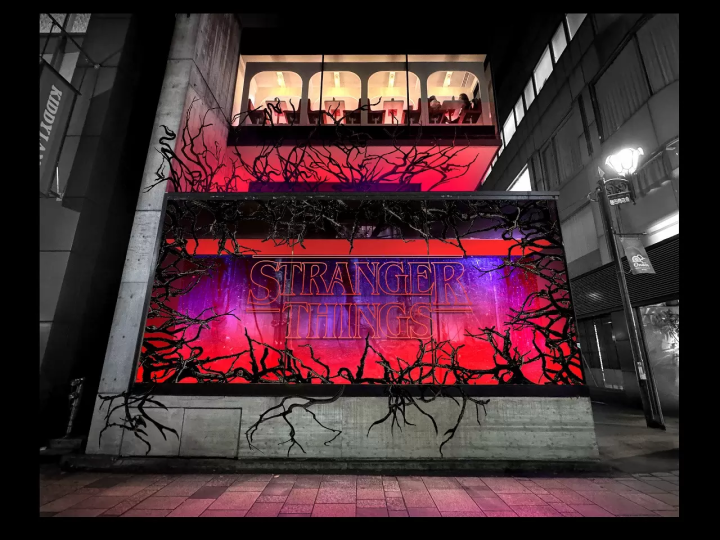
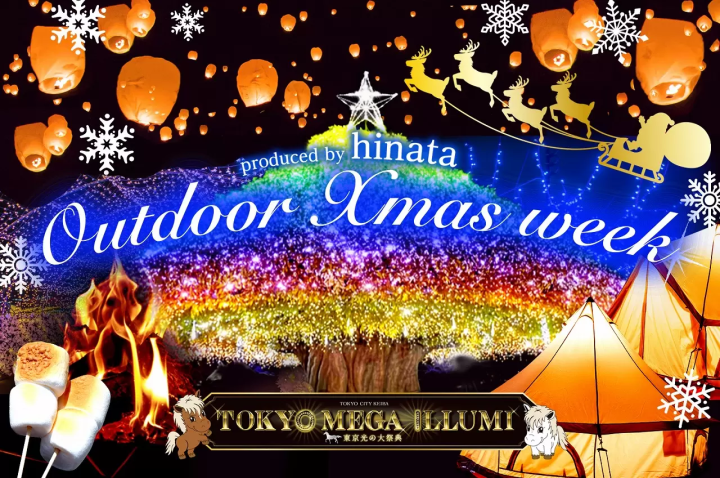





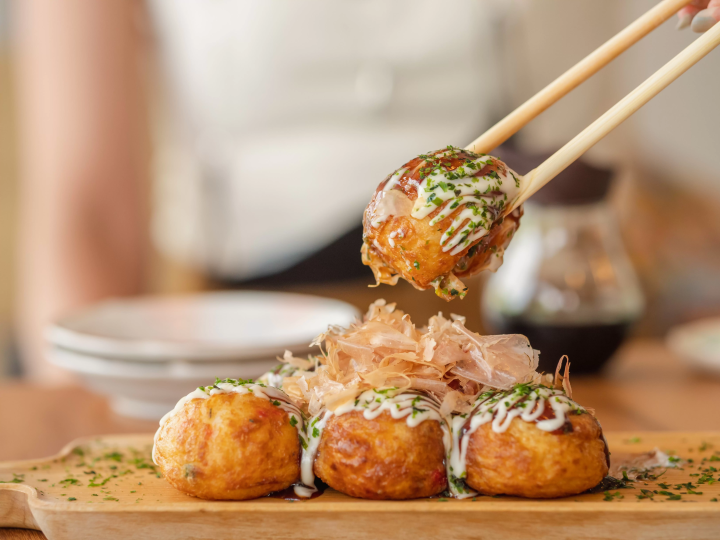
![[2026 Edition] FORMUAL 1 JAPANESE GRAND PRIX Information](https://resources.matcha-jp.com/resize/720x2000/2025/10/05-245984.webp)
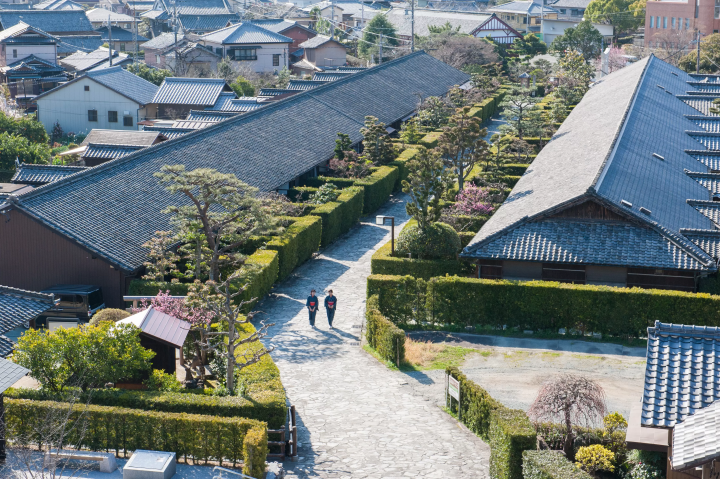

![[2025 Update] Namba's spectacular illuminations! "Namba Hikari Tabi" with approximately 1 million shining lights](https://resources.matcha-jp.com/resize/720x2000/2025/12/12-252825.webp)